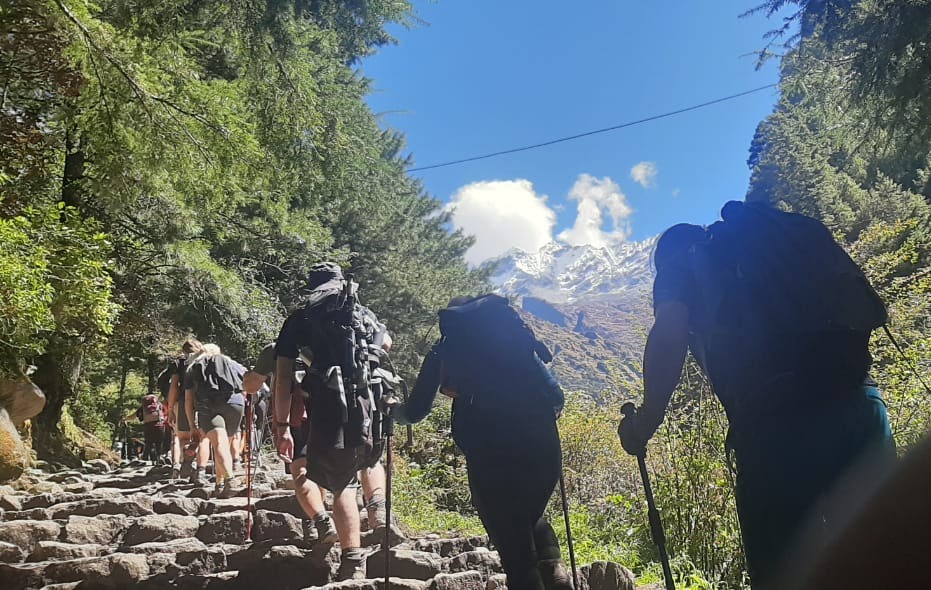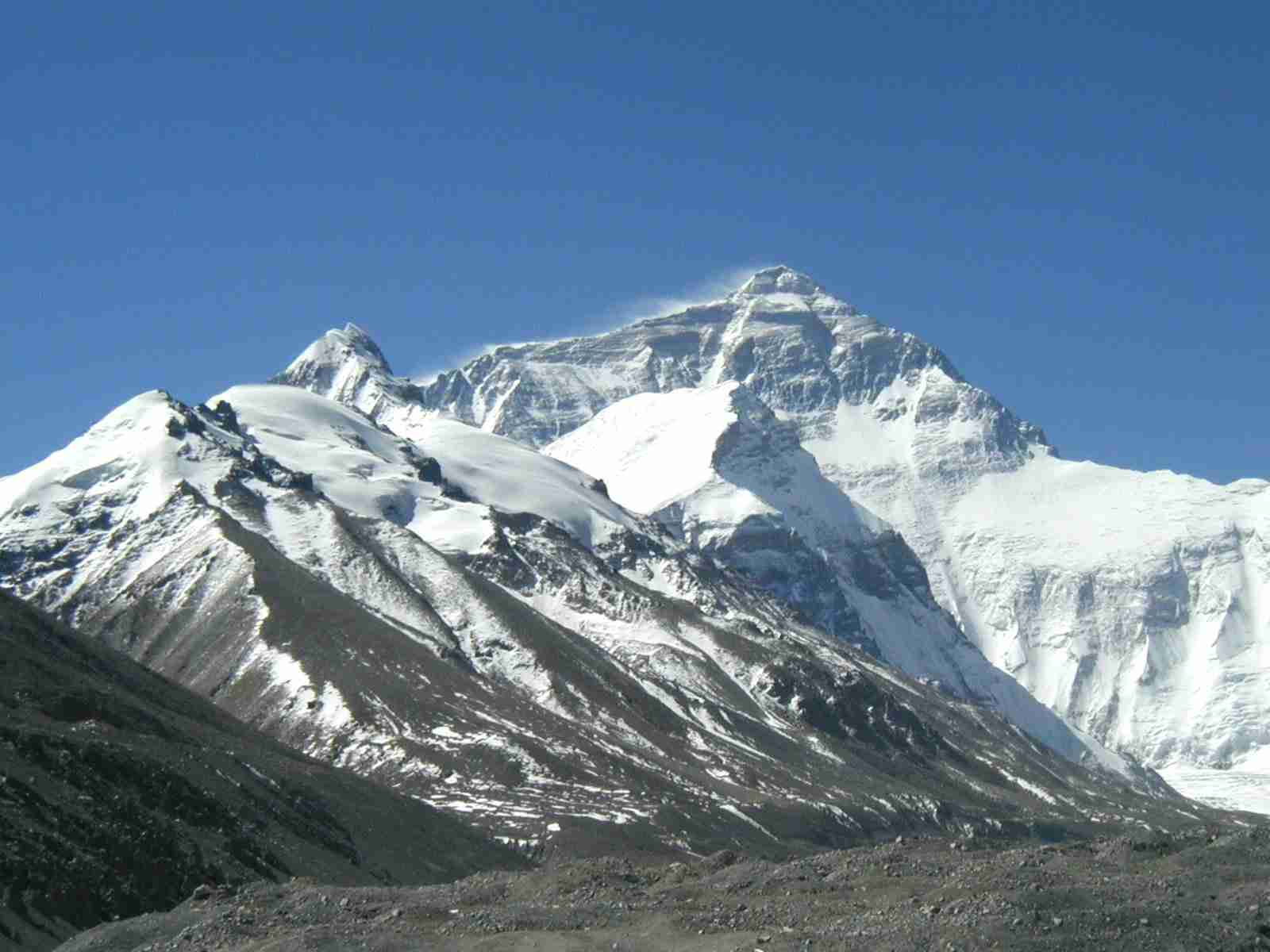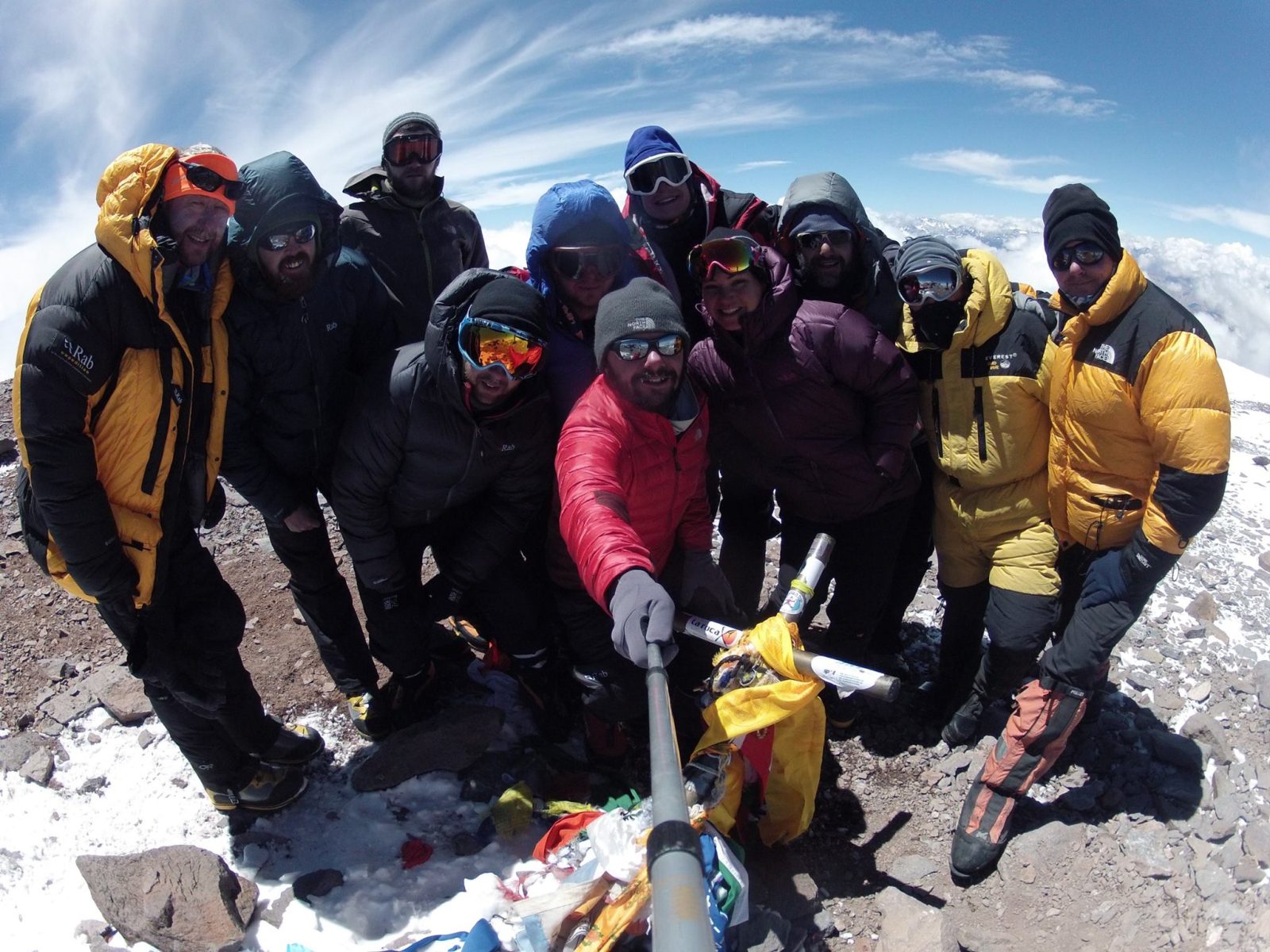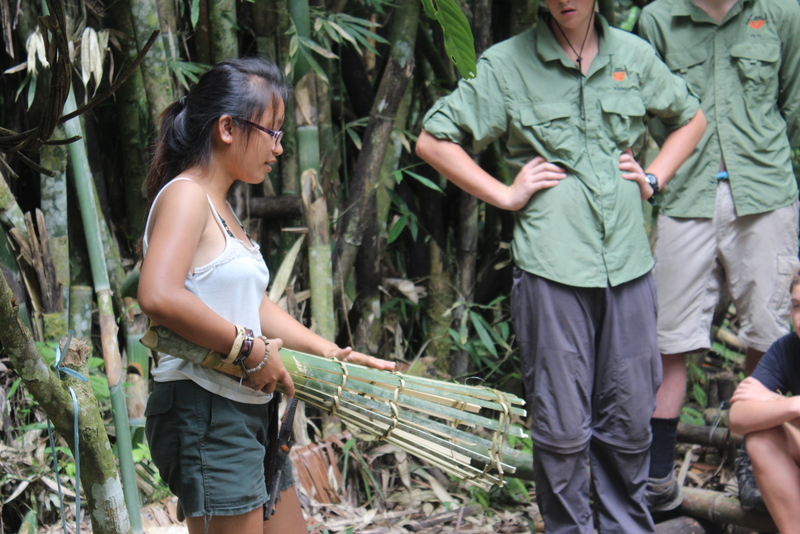
Nepal Practical Information & Tips
NEPAL PREPARATION
INITIAL USEFUL LINKS:
Latest entry requirements from Gov.UK – Nepal Travel Advice
Latest Health Requirements and information for Nepal – Travel HealthPro or NHS website Fit for Travel.
Information on visa prices and application for an e-visa – Embassy of Nepal, London
Information on permits for trekking routes – Nepal Dept of Home Affairs
Information on peak permits fees – Nepal Mountaineering Association
List of healthcare facilities in Nepal
British Embassy in Kathmandu +977 (0)1 423 7100 – .gov website.
VACCINATIONS AND TRAVEL HEALTH
Do visit your GP or a travel health clinic prior to your trip to discuss vaccinations and anti-malarial tablets if you are heading to the southern region and also to take advice on prescription drugs for high altitude sickness such as Diamox. The use of a prophylactic like this does have statistical benefits for going to altitude but taking an drug is a decision not to be taken lightly and Diamox does have side effects, plus there is a valid argument that going slowly and looking after your health and hydration is enough to allow the body to acclimatise to the hypoxia caused by having less oxygen in the air at altitude.
We have some useful articles on this site which will help prepare you for going to Nepal and trekking or climbing at altitude:
Health at Altitude
Acclimatising Safely
There are no vaccinations required for entry in Nepal except for covid-19, which may yet change. Please check on the travel health websites above for the latest information.
TREKKING AND CLIMBING INSURANCE FOR NEPAL
You will need a policy that includes helicopter evacuation specifically in Nepal or from a semi-remote region and specifically covering the altitude reached during your trek or climb and the type of trip it is – trekking, guiding climb, technical climbing, trekking peaks or expeditions peaks.
There are plenty of companies to choose from, such as DogTag, Campbell Irvine, Snowcard, the British Mountaineering Council, Austrian Alpine Club, True Traveller and even some of the popular general ones such as the Post Office or some of the supermarkets.However they each have very different interpretations of trekking and climbing.
Check the policy carefully for cover to the altitude you are going to and also check the criteria and description of climbing peaks because they do change. Some specify with or without ropes, some specify with or without a guide, or using a rope only when necessary. Some companies understand that a trekking peak can be technical or non-technical and they provide specific quotes for individual peaks. It just depends what factor the insurer is prioritising. Here are some examples of our trips and their descriptions:
| Peak | Altitude | Guided | Description | Ropes | Terrain |
| Mera Peak | 6000m+ | Yes | Trekking peak | Man rope | Snow covered, non-technical, alpine PD. |
| Island Peak | 6000m+ | Yes | Trekking peak | Man rope and fixed lines | Snow covered, glaciated, semi-technical, alpine PD+. Includes abseil without top rope, crossing crevasses on ladders, exposed ridge. |
| Yala Peak | 5500m | Yes | Trekking peak | Man rope | Snow covered, non-technical, scrambling, alpine F. |
| Khumbu Peaks | 6000m+ | Yes | Trekking peaks | Man rope and fixed line | Snow covered, technical and non technical climbing up to alpine PD+. See Mera and Island Peak above. |
| Everest | 8000m+ | Yes | Expedition peak | Fixed lines | Snow covered, fixed lines and man ropes. Mixed grades – alpine PD+ on south col side with VS rock scramble on the Hillary Step (if bare) at extreme altitude. |
| 3 Peaks, 3 Passes | 5500m | Yes | n/a | none | Non-technical walking, snow covered. |
Buy your insurance as soon as you have booked your flight and trip, in case there is a need for cancellation. Take your papers with you and make sure your tent mate knows where it is, in case somebody else needs to make a phone call for you.
In the event of an incident requiring a helicopter evacuation up in the mountains, the insurance company prefer to get a call first from the policy holder in order to create a file and then let the insurers deal direct with the helicopter company. Normally there is a process of justification for an evacuation and the payment is arranged directly. Sometimes it may be necessary to pay the helicopter yourself and recoup the costs later with an insurance claim but this is potentially much harder and you would need to have medical proof of injury or emergency in writing. Be aware that there have been a lot of hoax calls for helicopter evacuations in Nepal and insurers can take their time to greenlight your claim, and also be aware that helicopters can only fly in good weather. The average cost of a helicopter evac from Everest Base Camp is $10,000.00.
For expedition peaks it is necessary to find a specialised insurance and there are specialist brokers such as Campbell Irvine who can advice.
GETTING YOUR NEPALESE VISA
You will need a visa for travel to Nepal and currently for British, American and most European nationals you can buy this on arrival at the airport, or you can purchase one from your nearest Nepalese Consulate. On arrival at Kathmandu airport you first have to register at one of the machines which takes details of your passport and then takes your picture. You get a printout and go to the visa payment desk where you pay in cash (any major currency) and the amount depends on the length of your stay. You are given a receipt, take everything to the visa desk and get your passport stamped.
The process at the airport is very easy and quick, or you can apply for an e-visa.
PASSPORT PAGES FOR PEAKS AND RESTRICTED AREAS
If you are doing a trekking peak then it’s best if you can send us a copy of your passport page in a pdf or jpeg format so that our staff can get the permits in advance of your arrival. The permit offices are not open on a weekend and can often be very busy so it’s best if you can send us the paperwork well in advance.
If you are visiting an area of restricted access like Dolpo or Mustang then we need the original passport to get a Restricted Area Permit, so our staff will need to take this when you arrive and go to the office with it. Again, this cannot be done on a weekend.
FLIGHTS TO NEPAL
Kathmandu International airport (KTM) is the most convenient point of entry to Nepal, being the capital and main transport hub in the country, however there is also an international airport at Pokhara as of 2023 and also one in Lumbini. Most indirect flights are via one of the Middle Eastern hubs like Doha or Abu Dhabi, or via Delhi. It’s worth shopping around for the best price and routing. Currently the quickest way to get to Nepal from the UK is with Qatar airways via Doha.
We will meet you at arrivals in the airport, but make sure we have the right flight number and arrival time well in advance so that we can plan this. Our staff will be holding either an Adventure Alternative sign or possibly one with your name written on it. The airport is about half an hour or so from Thamel which is the main area in town where the hotels are. Be aware of pickpockets and scam artists asking to carry your bag.
MONEY IN NEPAL
The local currency in Nepal is the Nepalese Rupee. You can check the current exchange rate on xe.com. There are ATMs in town which take Visa and Mastercard, and there are banks with forex facilities. In Kathmandu bigger shops and restaurants and hotels will take card payments and also major currencies but on trek you will need Nepali rupees preferably in small denomination notes.
It’s difficult to buy Nepali rupees outside of Nepal so change locally and use a currency card to avoid credit card charges. If you are travelling from Northern Ireland or Scotland then remember to bring Bank of England sterling notes, you will find it difficult to change regional notes. Avoid old $100 notes.
WHAT TO PACK EVERYTHING IN
You will need a duffle bag or rucksack for the porter to carry your main clothing and equipment, and also a day pack for you to carry what you need for the day. Make sure individual items inside the duffle are packed into dry bags and do carry a separate bag for dirty clothes to keep them separate. Porters will strap your main bag together and carry it on a tumpline which is a band of material going over the forehead.
You can leave bags or suitcases in the hotel or in our office while you are away climbing or trekking and it will be perfectly safe. This is useful for travel clothes. You can leave valuable items like laptops in our office.
Porters generally carry around 18 – 20kgs but this includes their own bags too, so we generally ask that your main bag weighs around 15 kgs. The day pack should not be too heavy or else it will become too difficult to carry at altitude, so we generally recommend 10 kgs maximum.
CASH YOU MIGHT NEED ON A NEPAL TREK
The cost of items in the lodges increase the higher you go up into the mountains so it’s hard to give one figure for every day. But here are some average prices. As a general rule of thumb, £100.00 is enough for a 2 week trip if you keep it reasonable! Not included here are the variety of sweets and chocolates available; imported brands are about the same price as in the UK or the US.
| Location | Charging phr | Hot shower | Mineral Water | Boiled water (litre) | Beer | Can of soft drink | Thermos of black tea / milk tea |
| Namche Bazaar, Kyangjin Gompa, Khote | £1.25 | £3.15 | £1.85 | £1.50 | £5.00 | £2.20 | £7.50/£11.25 |
| Tengboche. Dingboche, Chukkung | £2.75 | £3.15 | £2.00 | £1.50 | £5.00 | £2.50 | £8.75/£12.50 |
| Lobuche, Gorak Shep, Khare | £3.15 | £4.70 | £2.80 | £2.50 | £5.00 | £2.80 | £11.25/£15.00 |
Payment is in cash and in Nepali rupees although some of the bigger towns like Namche Bazaar will take dollars and euros. In Namche Bazaar and Lukla there are forex bureaux to change money. Whatever the case you will need to change money in Kathmandu before the trek to have enough cash for extras and to pay tips.
COST OF MEALS IN KATHMANDU
You will also want some cash for meals and drinks in Kathmandu and visiting sites, souvenirs and so on. Many places will take card payment or payment from your smartphone but smaller establishments will be cash only. A standard meal with drinks in a mid range restaurant in Kathmandu or in a hotel will be around £25.00.
TIPS IN NEPAL
There are different terms used in Nepal which can be confusing. For clarity, on treks the terms trek leader, trekking guide, tour guide, sirdar or Sherpa mean all the same person, the one in charge. For trekking or climbing peaks we say Climbing Guide or Sherpa. The word Sherpa is actually the ethnic caste, but western people have misused the term to mean anyone who works in the mountains. In reality the porters in Nepal nowadays are not Sherpas, they come from many different castes.
Often a trek leader will also be qualified as a climbing guide and therefore will also climb a peak. So if you are doing a trek and a climbing peak then it may well be the same person. Or sometimes we use local guides from the nearest village to lead the climb of a trekking peak.
Tip amounts vary of course but a rule of thumb per staff member is as follows:
| Trek or Climb | 2 week trips like Everest BC, Annapurna, Langtang, Mustang | Longer treks like Kanchenjunga, Upper Dolpo, 3 Passes, Manaslu Circuiit | Trekking peaks like Island Peak and Mera Peak | |
| Porter | USD$40 | USD$55 | USD$65 | |
| Asst trek leader | USD$65 | USD$75 | USD$100 | |
| Trek leader | USD$75 | USD$85 | USD$100 | |
| Climbing guide | USD$100 |
In order to work out the tip you should bring, it’s necessary to know how many staff and how many clients are in the group. Then, calculate the total tips based on the figures above and divide by the number in the group.
Tips for porters must be paid in Nepali rupees because they cannot get to the city easily to exchange money, while the guides can be paid in dollars or other currencies because they are often in Kathmandu where they can change money.
KIT RENTAL IN NEPAL
You can either rent equipment from our store or you can rent locally in Kathmandu or in a nearby lodge if you are climbing Mera Peak or Island Peak. It will be cheaper to rent everything in the nearest village (Chukkung for Island Peak and Khare for Mera Peak) and there are plenty of rental shops there, but if you are planning to rent plastic or hybrid boots then it cannot be guaranteed that you’ll find a boot your size, especially if you have particularly large or small feet.
Adventure Alternative has some equipment to rent including axes, poles, crampons, harnesses, jumars, slings, karabiners and descenders and you can add them to your order when you book. You’ll receive these in Kathmandu when you arrive. The prices are all on the website under Extras.
You can also hire sleeping bags and down jackets and pretty much any outdoor clothing in Thamel before your trip begins, it’s just a matter of shopping around! Everything is negotiable and there are hundreds of outdoor gear shops.
TRIP PAGES THIS ARTICLE REFERS TO:
Everest Base Camp
Manaslu Circuit Trek
Annapurna Circuit
Annapurna Sanctuary
Gokyo Lakes Trek
Classic Everest Trek
Langtang Trek
3 Passes 3 Peaks Trek
Kanchenjunga Trek
Upper Mustang
Poon Hill
Mera Peak
Island Peak
Mera Peak and Island Peak combined climb
Yala Peak
Khumbu Peaks
Parchamo Peak
Mount Everest
Nepal Medical Electives
Nepal School Expedition
Book Your Adventure of a Lifetime Now
Discover our trips to other Countries
Adventure Alternative Articles

12 MONTHS, 12 MOUNTAINS
Climbing Calendar Ready for World Mountain Day In celebration of World Mountain Day, we've created a calendar for the year to make it easy for...

Mount Aconcagua Trip Review
January 2016 This year we had a team of twelve clients from four different countries – Iran, Ireland, England, South Africa and Argentina –...

Alcey’s Survival Skills Course at Lupa Masa Jungle Camp
SURVIVAL SKILLS COURSE AT LUPA MASA JUNGLE CAMP | ADVENTURE ALTERNATIVE In celebration of International Rural Women’s Day, we’re talking...